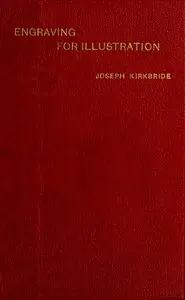"An Artist's Letters from Japan" by John La Farge is a compilation of firsthand letters penned during the author's sojourn to Japan in the late 1800s. Readers can imagine the country through the author's keen observations of Japanese art, buildings, the environment, and traditions. La Farge's writing style paints a vibrant picture of his adventures, detailing his interactions with the Japanese population and his exploration of holy places, all while thinking about Japan's artistic side and the beauty of its landscape. His writing starts by describing arrival in Yokohama after a long trip by sea. He expresses awe at the beautiful bay and the exciting energy, complete with striking scenery and Japanese boatmen. His eagerness to explore shines as he describes the sights and sounds, ranging from busy streets to calm nature. These letters serve as a personal story and an artistic exploration meant to show the cultural richness and supreme beauty that he finds in Japan.
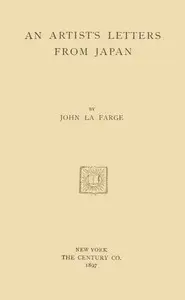
An Artist's Letters from Japan
By John La Farge
Set sail to Japan with a 19th-century artist and experience a world of temples, boatmen, and beauty as he shares his personal journey through insightful letters.
Summary
About the AuthorJohn La Farge was an American artist whose career spanned illustration, murals, interior design, painting, and popular books on his Asian travels and other art-related topics. La Farge made stained glass windows, mainly for churches on the American east coast, beginning with a large commission for Henry Hobson Richardson's Trinity Church in Boston in 1878, and continuing for thirty years. La Farge designed stained glass as an artist, as a specialist in color, and as a technical innovator, holding a patent granted in 1880 for superimposing panes of glass. That patent would be key in his dispute with contemporary and rival Louis Comfort Tiffany.
John La Farge was an American artist whose career spanned illustration, murals, interior design, painting, and popular books on his Asian travels and other art-related topics. La Farge made stained glass windows, mainly for churches on the American east coast, beginning with a large commission for Henry Hobson Richardson's Trinity Church in Boston in 1878, and continuing for thirty years. La Farge designed stained glass as an artist, as a specialist in color, and as a technical innovator, holding a patent granted in 1880 for superimposing panes of glass. That patent would be key in his dispute with contemporary and rival Louis Comfort Tiffany.

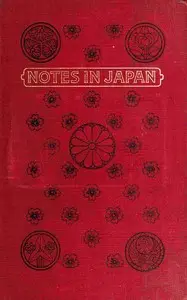

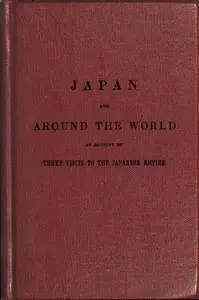
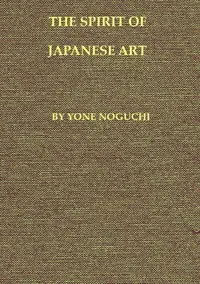
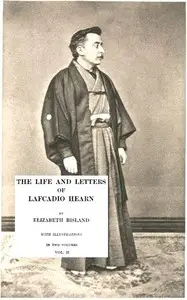



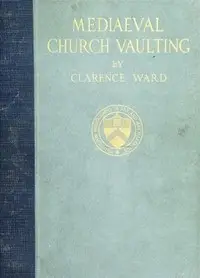
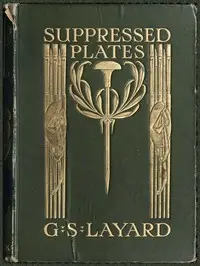
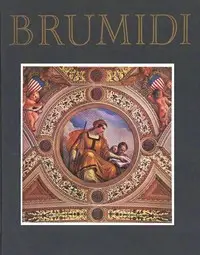
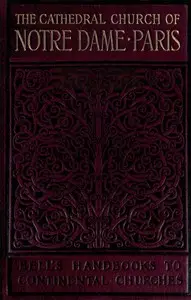
![Musical Instruments [1876] by Carl Engel](https://cdn.a2-host.cloud/r6ByNK1CCfIMppjMe844LSnM_E7e75Z2X40bQDavjs8/rs:fill:215:325:0/g:ce/aHR0cHM6Ly9zcC1hc3NldHMuczMudXMtd2VzdC0wMDQuYmFja2JsYXplYjIuY29tL2Jvb2svNTQ1MzcvTXVzaWNhbF9JbnN0cnVtZW50c18xODc2X2NvdmVyLmpwZw.webp)
